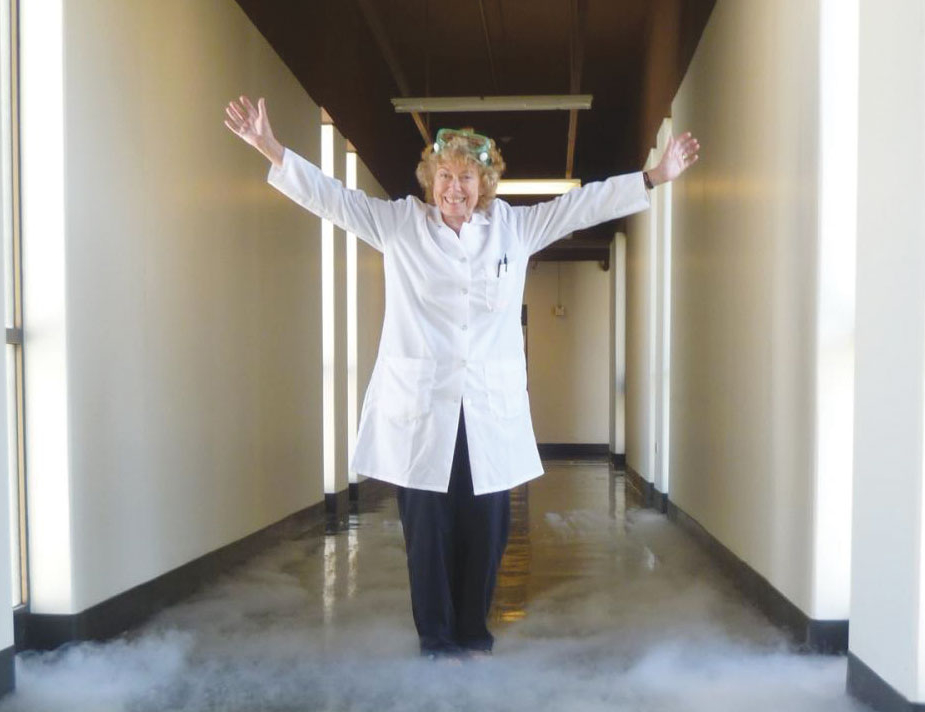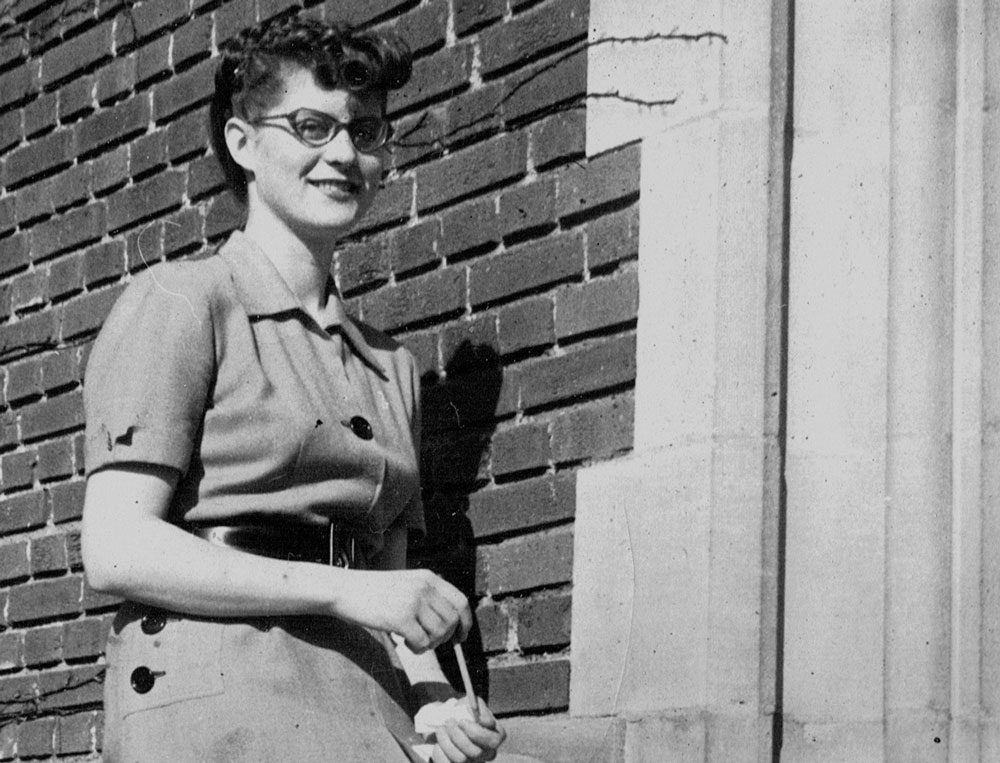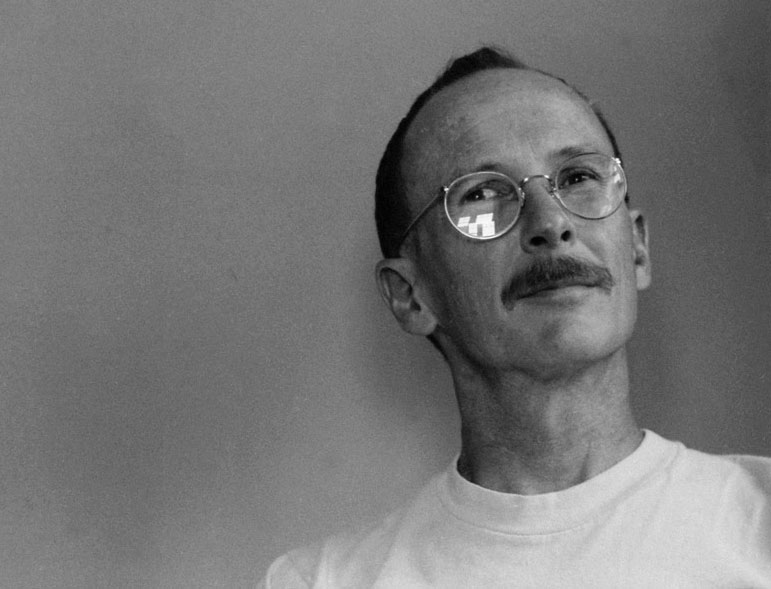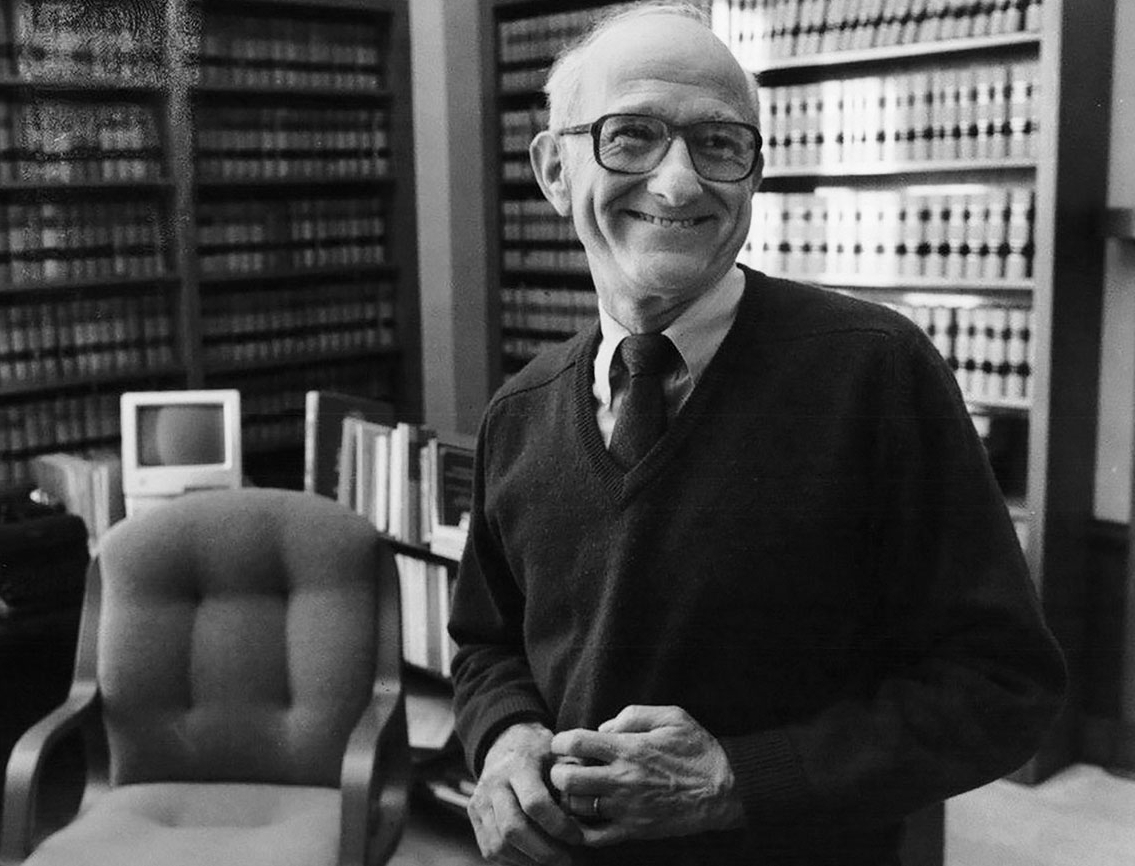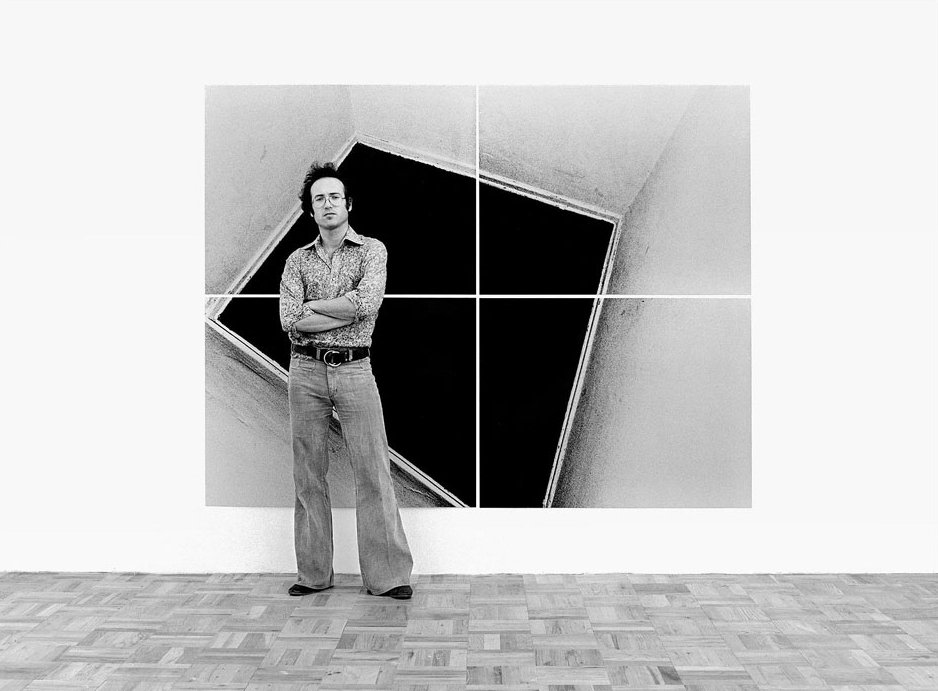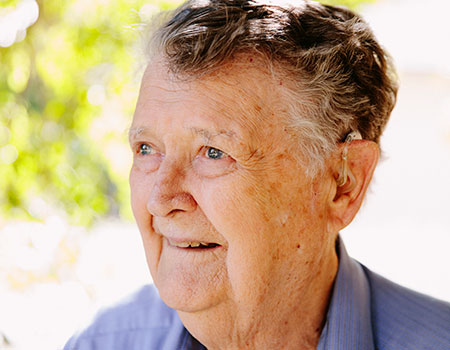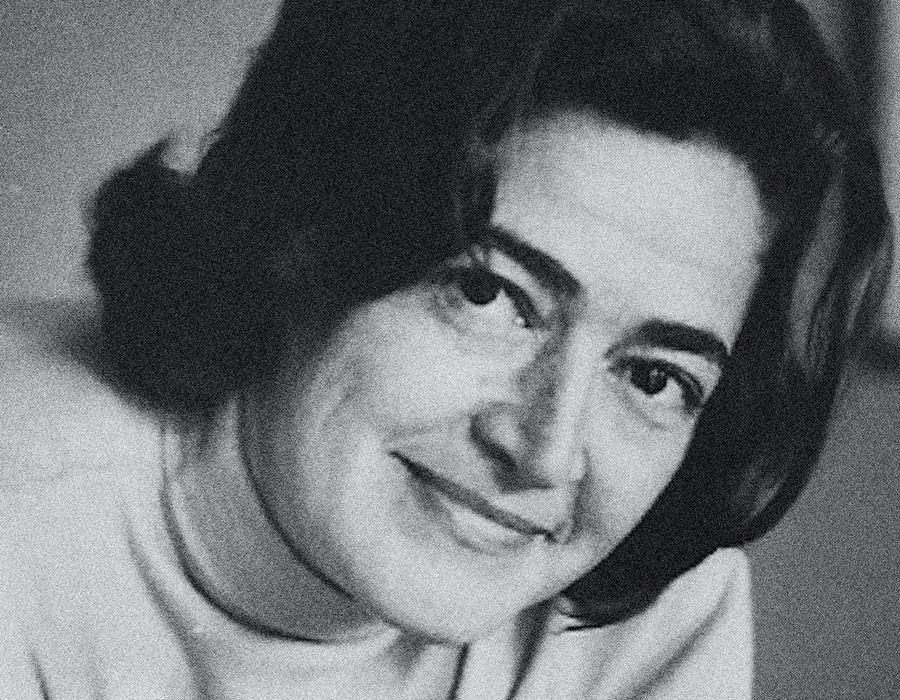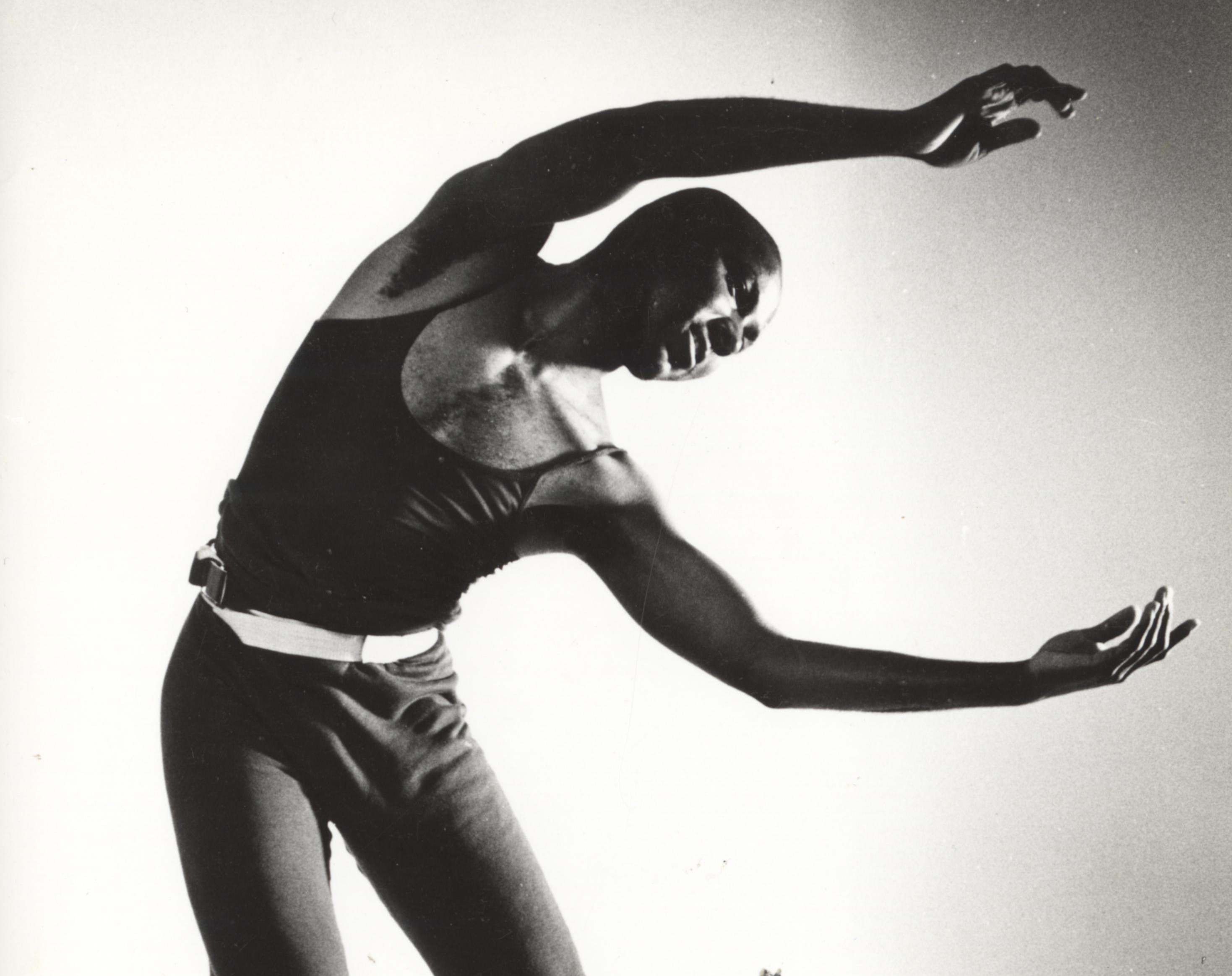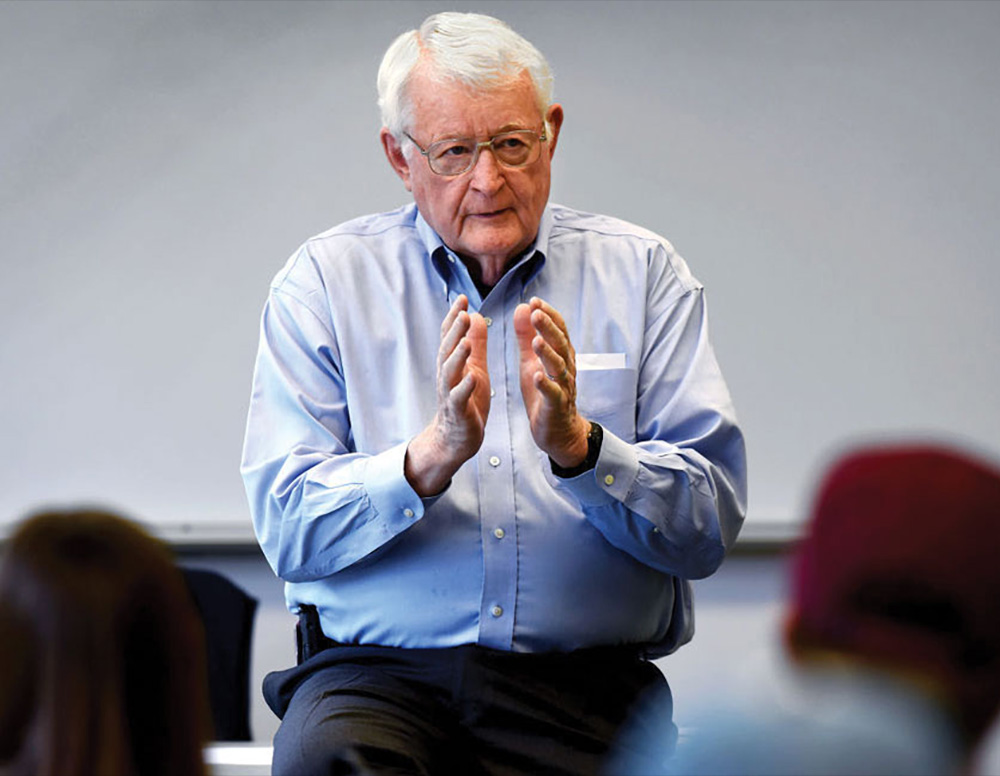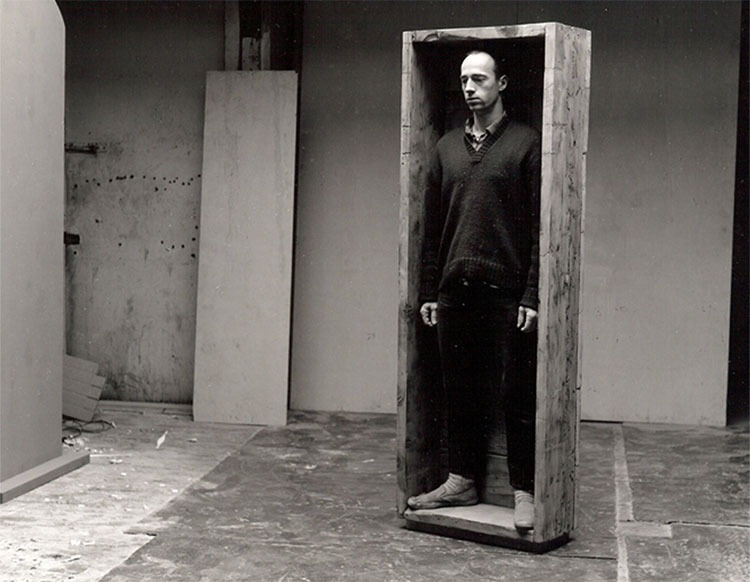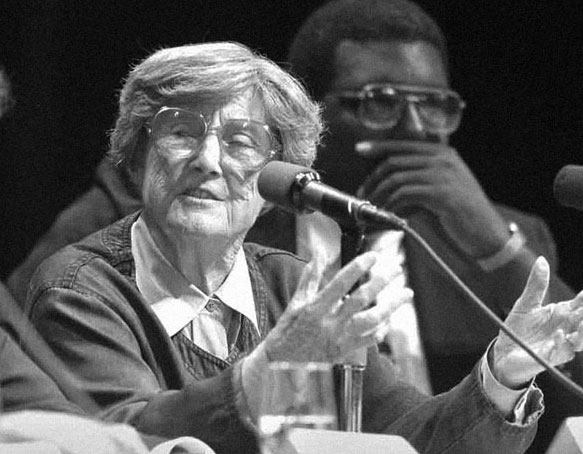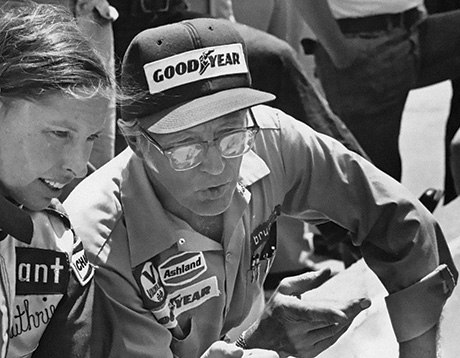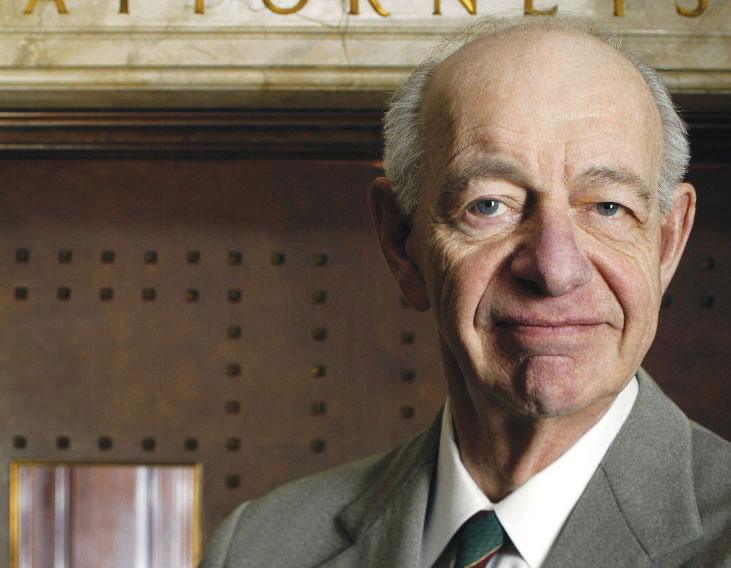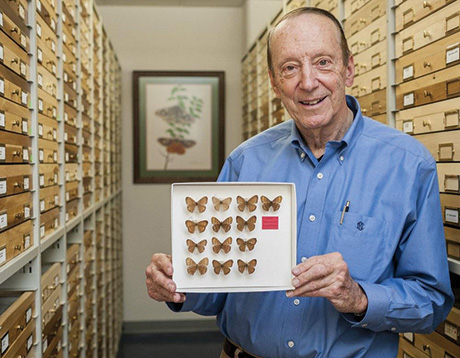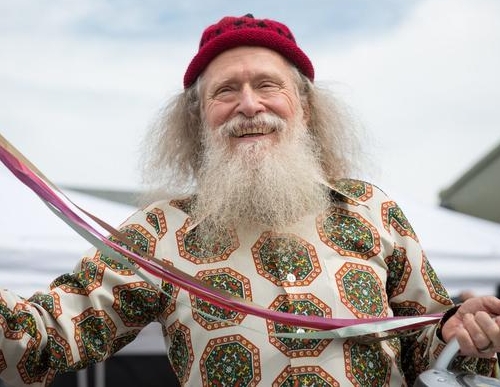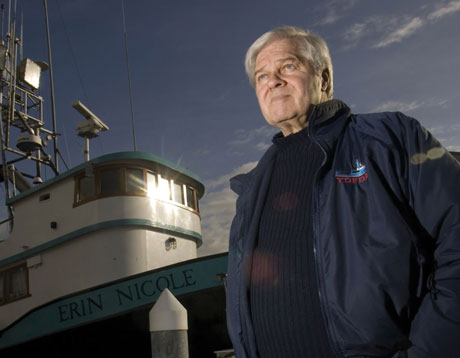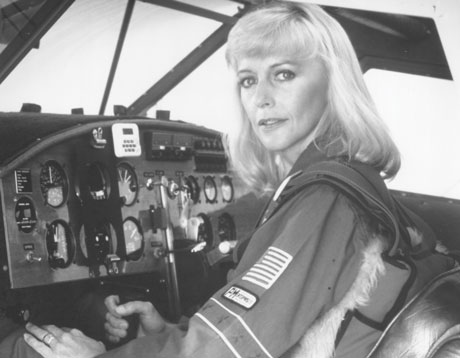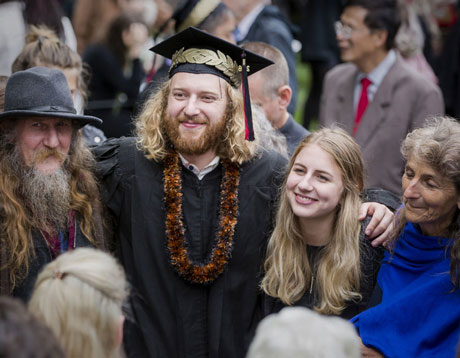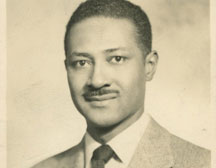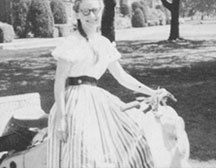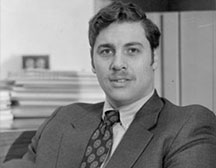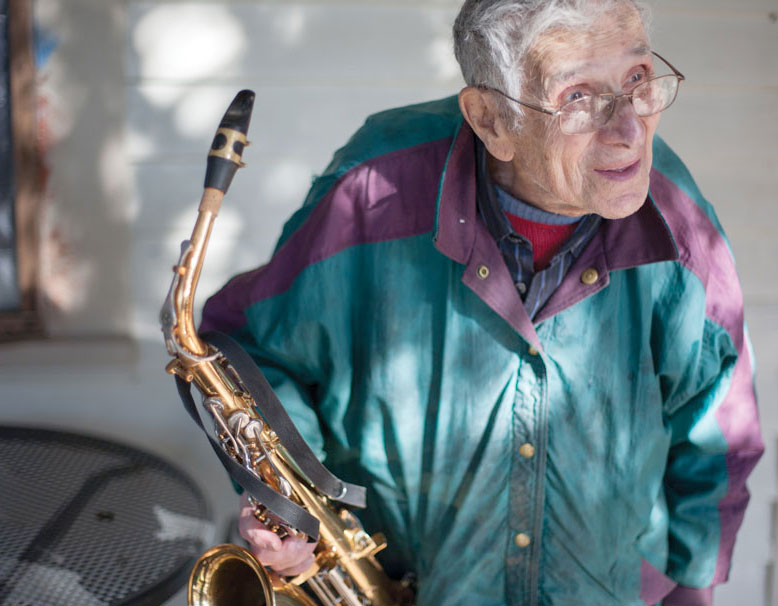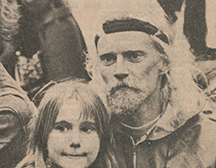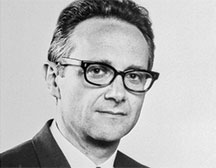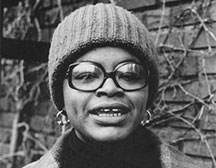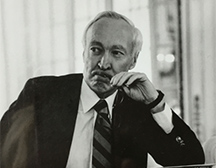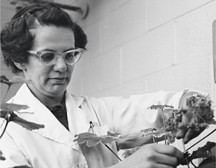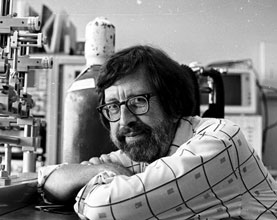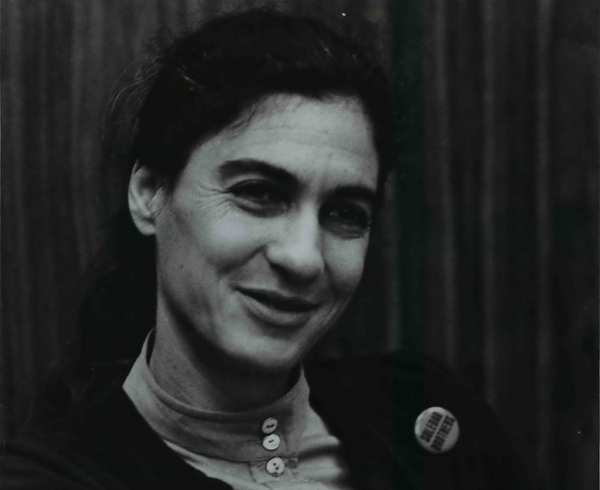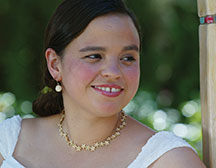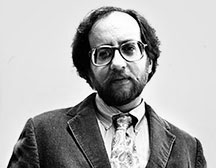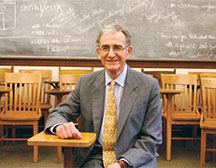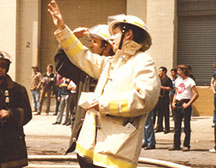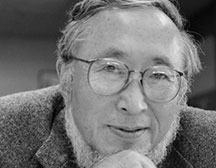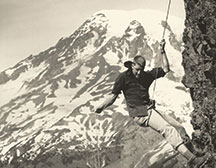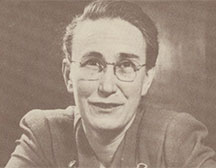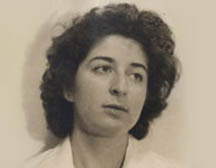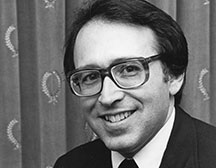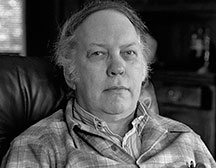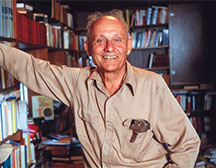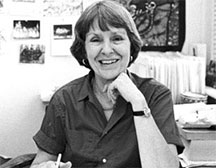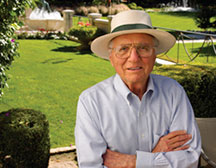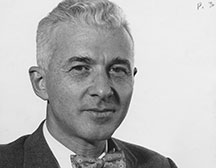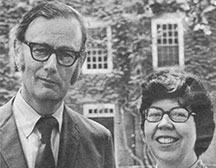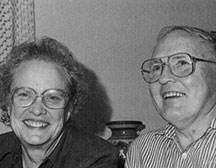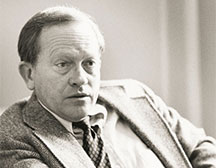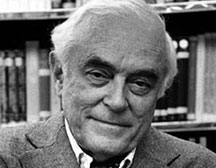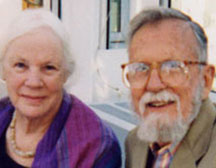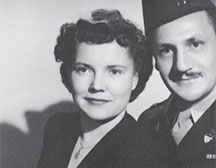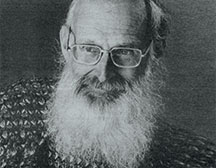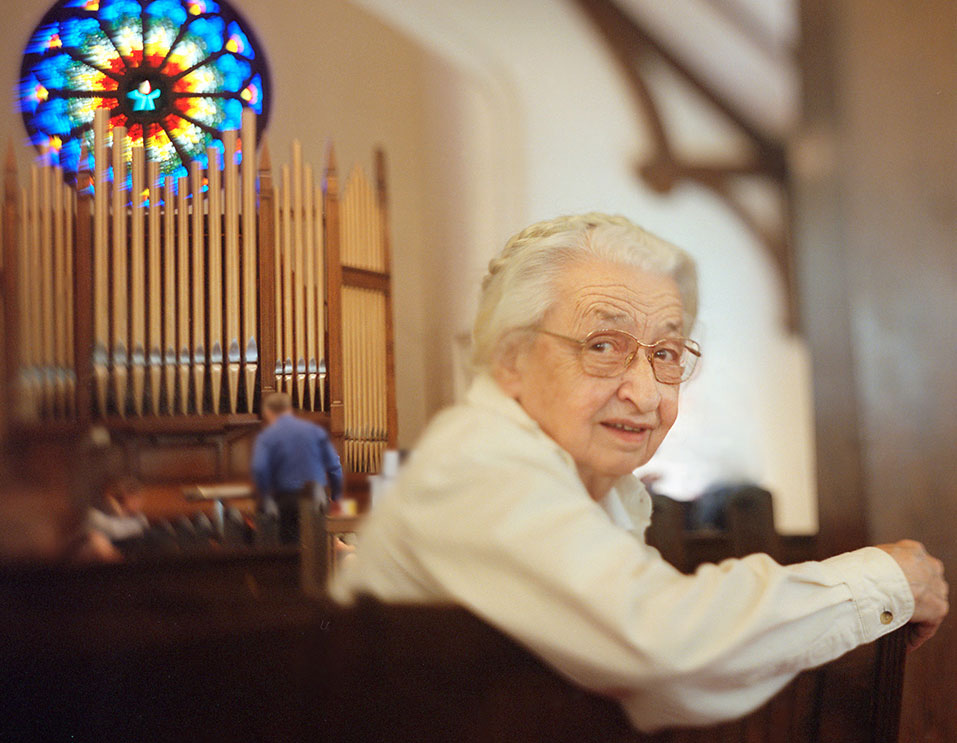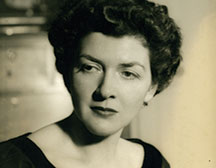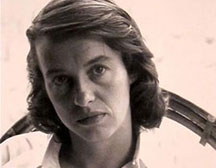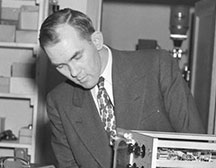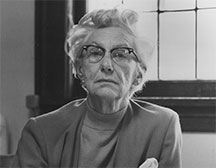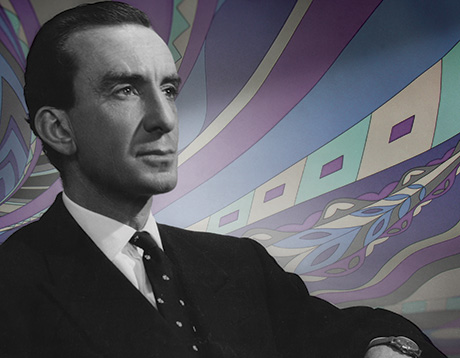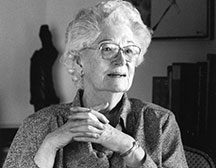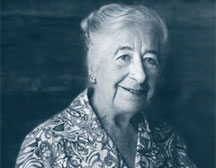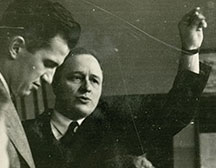Marie O’Shea ’81

November 10, 2018, in Greenport, New York, from bile duct cancer.
Marie’s great respect for the world around her and those inhabiting it was evident in all aspects of her life. Her professionalism and dedication at the Environmental Protection Agency have been acknowledged by naming an agency-wide award for excellence in research in her honor.
A child of the Pacific Northwest, Marie lived in the Chicago area as a teen. She graduated valedictorian from Lockport High School—where she proved her aptitude for math and science—and used her hand skills to make clothing for her mother’s coworkers. Science and craft were woven throughout Marie’s life, which was cut short by her death from bile duct cancer that had been diagnosed only three months earlier.
Generous financial support from Reed brought Marie back to her birthplace. She majored in chemistry, but studied physics and art history with equal enthusiasm. She was awarded the Norman F. Coleman Honorary Scholarship, and the Dr. Dorothy O. Johansen Honorary Scholarship, and was inducted into the Phi Beta Kappa society. Marie’s love of the humanities and science culminated in her thesis, “An Historical and Chemical Analysis of the Artists’ Pigment Naples Yellow,” with Prof. Michael Kay [chemistry 1985–86] advising.
After graduating, she continued to ponder—now from a more enlightened perspective—whether to make a living using her hand skills or in a career that demanded science. She first sought the answer to this question by traveling, spending nearly a year in Europe and the United Kingdom, and northern Europe with her good friend, Karen Andersen Toyooka ’81. Upon her return, she learned how to apply her sewing skills to bookbinding restoration under the mentorship of Jack Thompson, owner of Thompson Conservation Laboratory of Portland. Hoping to ultimately land work in a museum setting, she accepted an internship at the Smithsonian’s National Museum of American History in Washington, DC, and worked extensively on an exhibition commemorating the centennial of the Brooklyn Bridge in 1983. It gave her the opportunity to warmly reflect on Prof. Charles Rhyne’s [art history 1960–97] engaging lectures on bridges.
Marie realized that if she wanted to treat museum objects unsupervised, it would be necessary to pursue graduate training in conservation. Fully funded as an Arco Scholar, she earned a PhD in physical chemistry at New York University, where two professors were working in cultural heritage science, a discipline that provides scientific support to practicing conservators. Her thesis focused on the characterization of polymer degradation processes, and Marie’s research led her into the field of environmental science.
At NYU, she met Chris McGlinchey, a fellow scientist and kindred spirit. Their early courtship consisted of waiting in line together for standing-room tickets at the Metropolitan Opera, hiking in the Catskills, and stalking NYC flea markets for bargain items, typically those in need of repair. The courtship was cemented with the adoption of their first rescue cat, Kit. They married in 1986 near Mount Hood in Welches and spent their honeymoon in the San Juan Islands and Seattle, where they attended Wagner’s Ring Cycle.
Marie accepted a postdoc at the Environmental Protection Agency Office of Research and Development in the Urban Stormwater Management Research Program. She gained expertise on the complex science of nonpoint source pollutants and coauthored articles that, according to her colleague, Richard Field, “enlightened the profession regarding the indiscriminate employment of municipal wastewater pathogen indicators for stormwater.” After her postdoc, she joined the New York City Department of Environmental Protection as a project scientist. Working with her New York City colleagues, she monitored water quality, coauthored the NYC Harbor Survey Report, wrote papers on urban watershed management, and was a contributing author and editor of Integrated Stormwater Management.
Returning to the EPA in 1997, Marie initially focused on pollution in the Niagara River area, but she became a regional science liaison, coordinating nationwide and local research in air, water, and soil pollution. She was proud of the support she provided for EPA’s pioneering effort in citizen science.
Marie was particularly instrumental in an early effort to work with residents of Newark, New Jersey’s Ironbound District, named for the bridges and elevated roadways that fenced in the district and compromised its air quality. The Ironbound project supported residents in making simple observations in a scientific manner and more advanced quantitative metrics by sharing robustly designed monitoring equipment and teaching important aspects of data gathering. George Pavlou, former deputy regional administrator for Region 2, observed, “Marie was not only a tremendous asset to EPA and the region, but also a wonderful and decent person whom all her colleagues sought for advice and friendship.”
Outside of work, Marie divided her time between craft, gardening, culture, and travel. She did upholstering and knit her own designs based on wood-grain paneling or geometric designs lifted from her collection of Turkish rugs. When the couple renovated their home in the Jamaica Estates neighborhood of Queens, Marie disassembled and rebuilt the original windows, did electrical work, and retiled the bathrooms. The beautiful gardens she created at their homes—filled with native plants without need for pesticide or fertilizer—were appreciated by wildlife, neighbors, and passers-by.
She is survived by her mother, Louisa; her husband, Chris McGlinchey; and their cats Sandy, Mort, and Sparky.
Appeared in Reed magazine: June 2019
comments powered by Disqus
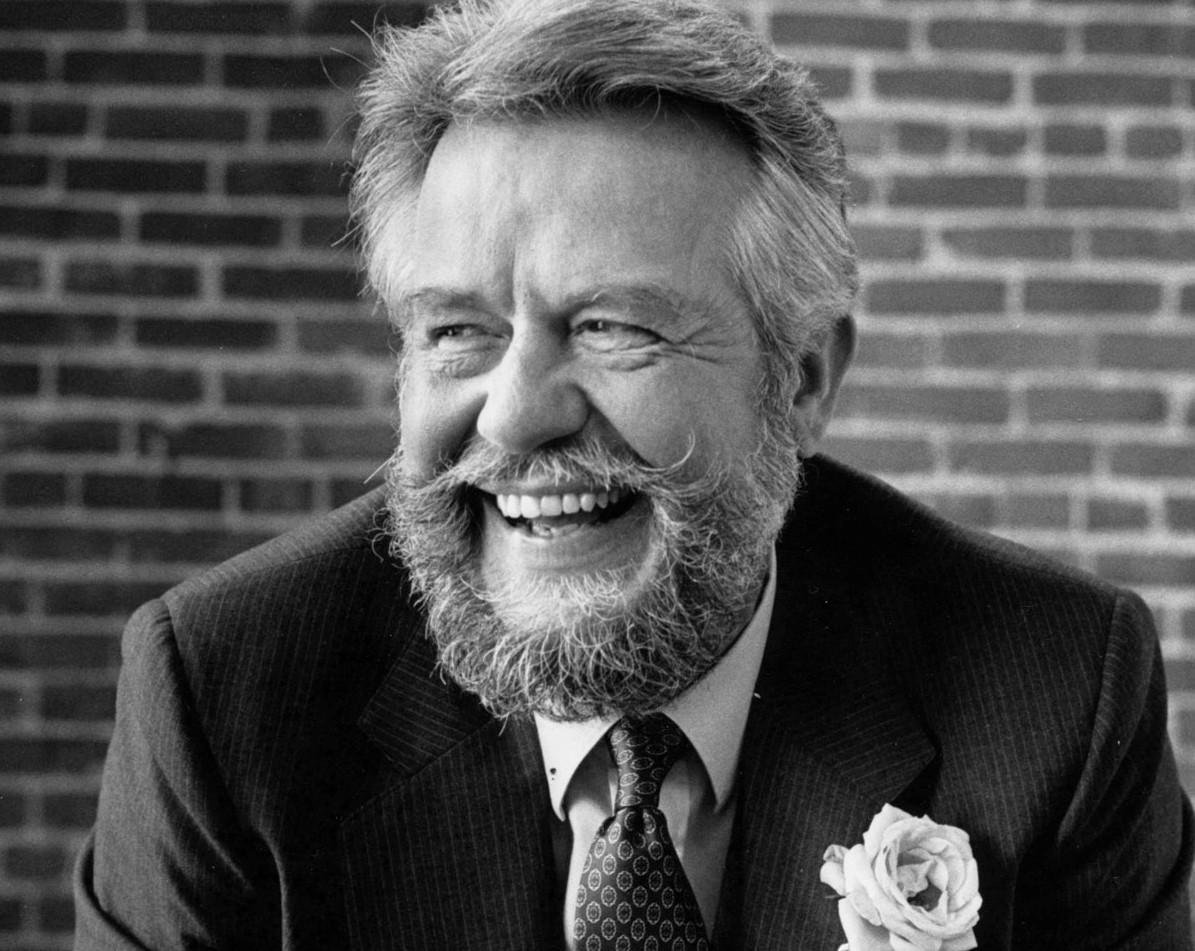
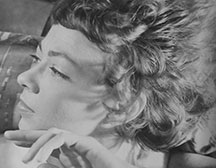
![Photo of Prof. Marvin Levich [philosophy 1953–94]](https://www.reed.edu/reed-magazine/in-memoriam/assets/images/2022/LTL-levich1.jpg)
![Photo of President Paul E. Bragdon [1971–88]](https://www.reed.edu/reed-magazine/in-memoriam/assets/images/2020/Bragdon.jpg)
![Photo of Prof. Edward Barton Segel [history 1973–2011]](https://www.reed.edu/reed-magazine/in-memoriam/assets/images/2020/Segel.jpg)
